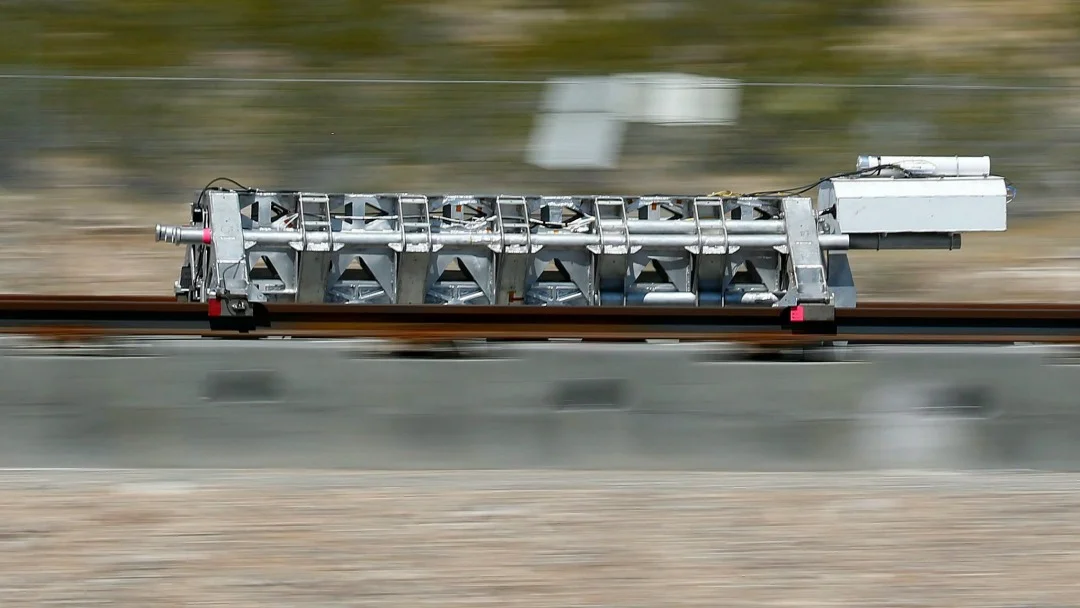How Ontarians can take power back from big energy plants
/Until now, it has generally been a one-way street: utility companies operating big power plants generate energy and distribute it to businesses and homeowners.
But more and more we are seeing customers generating, transmitting, and storing their own power, and in some cases selling it back to the grid. That was the message at a panel at the International Economic Forum of the Americas conference in Toronto last week.
Experts have a name for these small-scale activities: distributed energy. It’s a phenomenon that is growing rapidly in Ontario: This month, the Independent Electricity System Operator (IESO) reported distributed energy now accounts for 3,600 megawatts of installed supply, up from practically nothing a decade ago.
Read More



